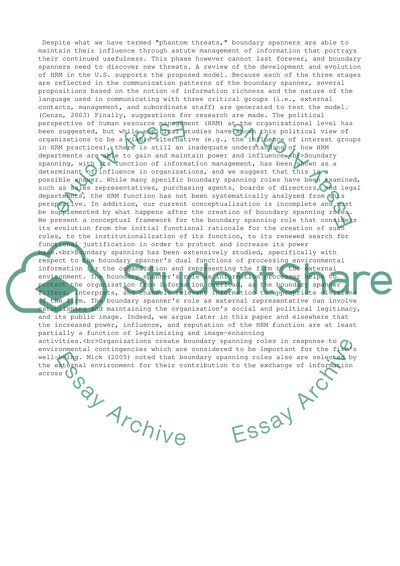Cite this document
(The Organizations Strategic and Environmental Requirements Essay Example | Topics and Well Written Essays - 3500 words, n.d.)
The Organizations Strategic and Environmental Requirements Essay Example | Topics and Well Written Essays - 3500 words. https://studentshare.org/business/1520096-the-organizations-strategic-and-environmental-requirements
The Organizations Strategic and Environmental Requirements Essay Example | Topics and Well Written Essays - 3500 words. https://studentshare.org/business/1520096-the-organizations-strategic-and-environmental-requirements
(The Organizations Strategic and Environmental Requirements Essay Example | Topics and Well Written Essays - 3500 Words)
The Organizations Strategic and Environmental Requirements Essay Example | Topics and Well Written Essays - 3500 Words. https://studentshare.org/business/1520096-the-organizations-strategic-and-environmental-requirements.
The Organizations Strategic and Environmental Requirements Essay Example | Topics and Well Written Essays - 3500 Words. https://studentshare.org/business/1520096-the-organizations-strategic-and-environmental-requirements.
“The Organizations Strategic and Environmental Requirements Essay Example | Topics and Well Written Essays - 3500 Words”. https://studentshare.org/business/1520096-the-organizations-strategic-and-environmental-requirements.


